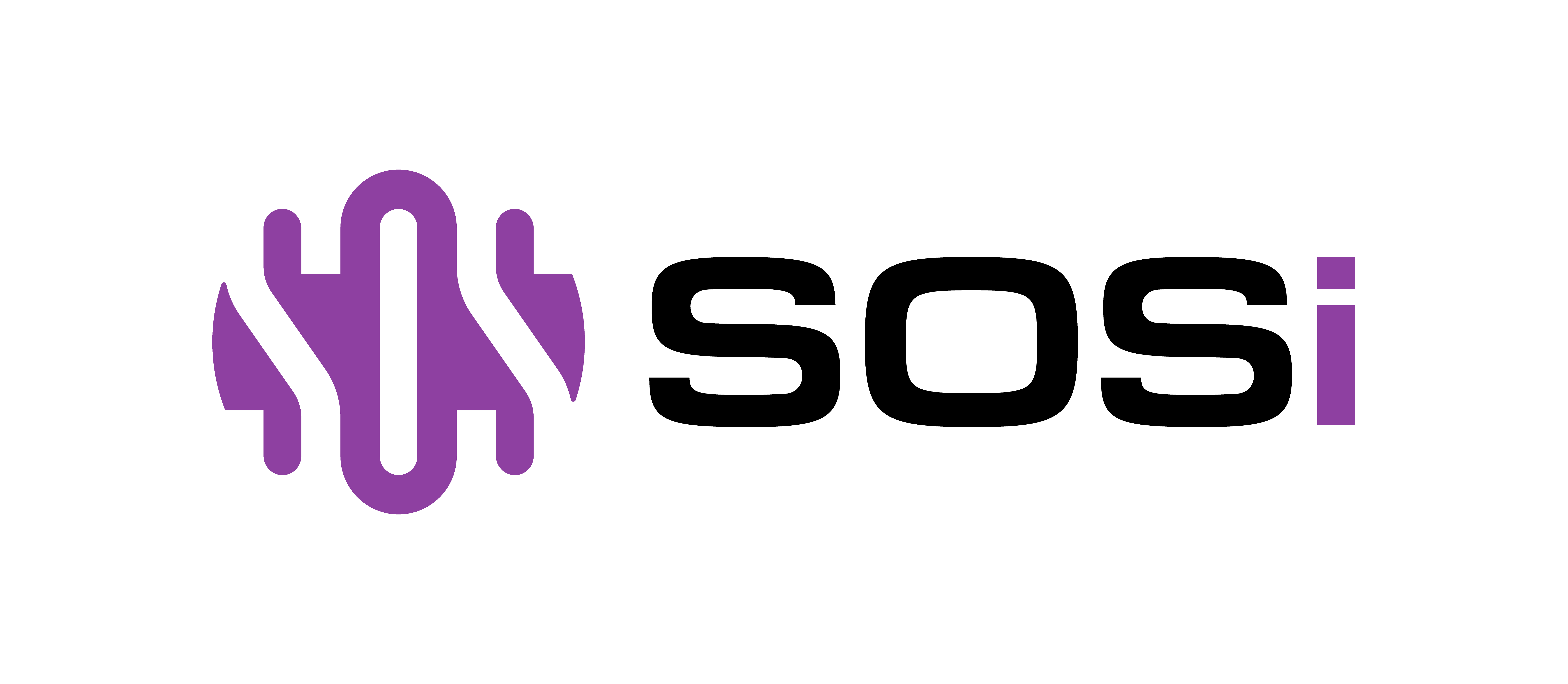
By Rob Longo, SOSi Software Solutions Director
The challenge of modernizing legacy systems has become increasingly pressing for government agencies in recent years. With federal mandates dictating the need for up-to-date technologies and streamlined processes, many organizations are struggling to keep pace with the demands of modernization. From improving mission readiness to enhancing cybersecurity, the stakes are high for these large-scale projects.
But success requires more than just technical expertise. In our experience, it’s essential to have a comprehensive understanding of the unique challenges facing government agencies and a deep commitment to delivering results that meet the needs of all stakeholders.
To effectively prepare for major system upgrades, any agency must commit to a set of clear guiding principles with its team of vendor partners, system integrators, solution providers, and other experts and internal stakeholders. These principles not only set the right direction for a project but also ensure alignment and a shared commitment to success among all stakeholders.
Guiding principles for success include:
-
- 1. Collaborative Partnership: Any relationship between an organization and its chosen solution providers should be approached as a partnership first, not merely a client-vendor relationship. Key stakeholders on every side need to understand that they are one team, committed to working together to accomplish the same goals. This ensures open communications, shared understanding, and joint problem-solving.
-
- 2. Transparency and Accountability: Maintaining transparency in processes, decision-making, and progress reporting is crucial. This builds trust and ensures that all parties are accountable for their roles and responsibilities. Transparency helps in early detection of potential issues and enables prompt corrective actions.
-
- 3. User-Centric Design: Any new system should be designed with the end user in mind. This includes considering the user interface, ease of navigation, and accessibility. A user-centric approach increases adoption rates and overall satisfaction, critical for systems that will be used extensively by personnel.
-
- 4. Compliance and Security: Compliance with legal and regulatory standards and robust data security measures are non-negotiable. This is critical to protect sensitive information and to adhere to organizational policies and regulations.
-
- 5. Scalability and Flexibility: Any new system should be scalable to accommodate future growth, and flexible enough to adapt to changing requirements. Organization and user needs will inevitably evolve over time, and every system should be able to integrate new features and adapt to new technologies.
-
- 6. Continuous Improvement and Innovation: Encourage a culture of continuous improvement and openness to innovation. This principle is key to ensuring that a new system does not become obsolete and can benefit from emerging technologies and process improvements over time.
7. Effective Training and Support: Ensuring that users are well-trained and supported during and after the implementation phase will drive a successful implementation. Effective training enhances user competence and confidence, while ongoing support ensures the system’s long-term effectiveness and utility.
Major system modernization efforts are incredibly complicated — even with the most careful planning, challenges will arise, schedules will shift, and the unexpected can take over. With a commitment to and understanding of these guiding principles, stakeholders can proactively prepare to approach every challenge as one team, committed to the ultimate outcome and ready to do what it takes to be successful, together.

